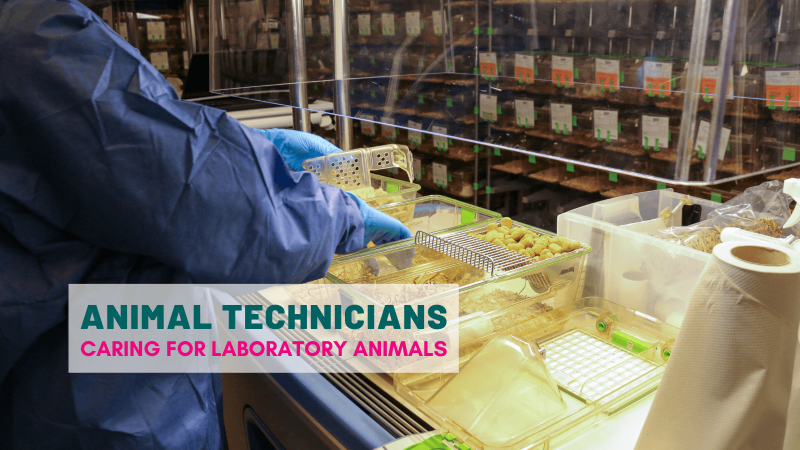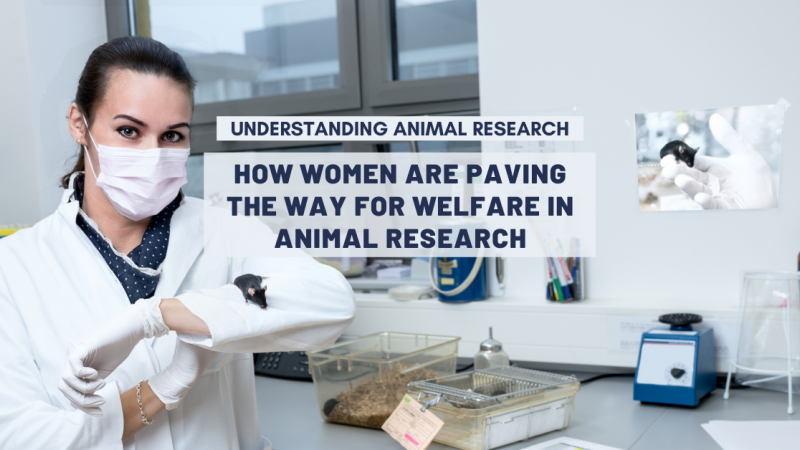Text to go here...
The law of unintended consequences may have led to saving rabbits at the expense of a two incredible species: a prehistoric invertebrate and a small bird with one of the most impressive known migrations.
The horseshoe crab (Limulus) is used in the pyrogen test for microbial contamination of biological fluids, as an alternative to using live rabbits in some circumstances. Blood is taken from the crab for the test; it contains a rare compound that is the vital component in testing the safety of injected medicines. The crab is then returned unharmed, apparently, to the wild.
Use of this primitive species (which is 400 million years old and is more closely related to spiders than crabs) saves several thousand rabbits every year. The live rabbit test is mild, the rare presence of contaminants indicated by a raised temperature. On the face of it, the crab test seems a good, if partial, replacement alternative: it involves no animal harm. But is this true? The trade-off is complicated by environmental and conservation considerations.
 I recently read a Connecticut blog about Project Limulus in the USA, to survey and tag the crab. There’s even a film about it – Crash: A Tale of Two Species (three actually – I’m slowly getting to the point). Apparently the only major population of Limulus polyphemus occurs along the Atlantic coast of USA and into Long Island Sound. I was unaware that horseshoe crab numbers on this coast have declined by as much as two thirds since the early 1990s, and so have their eggs.
I recently read a Connecticut blog about Project Limulus in the USA, to survey and tag the crab. There’s even a film about it – Crash: A Tale of Two Species (three actually – I’m slowly getting to the point). Apparently the only major population of Limulus polyphemus occurs along the Atlantic coast of USA and into Long Island Sound. I was unaware that horseshoe crab numbers on this coast have declined by as much as two thirds since the early 1990s, and so have their eggs.
Scientists say that the mortality rate for returned crabs (after taking their blood) varies from 8 to 15%, although the decline may also be attributed to use of its eggs as fishing bait. This decline is critical to a small migratory shore bird. The red knot makes one of the longest migrations of any animal, feeding on the eggs of the horseshoe crab on its 10,000-mile journey between the tip of South America and the Arctic. Without these eggs, the red knot is in danger, and indeed it too has suffered an alarming decline in the last few years.
Thankfully, recent reports seem to indicate that crab populations may be stabilising and that red knot sightings, though not increasing, indicate healthy migrating birds. Unfortunately the human blood tests developed more recently still cannot replace the crab blood tests.
Last edited: 11 January 2022 08:44



